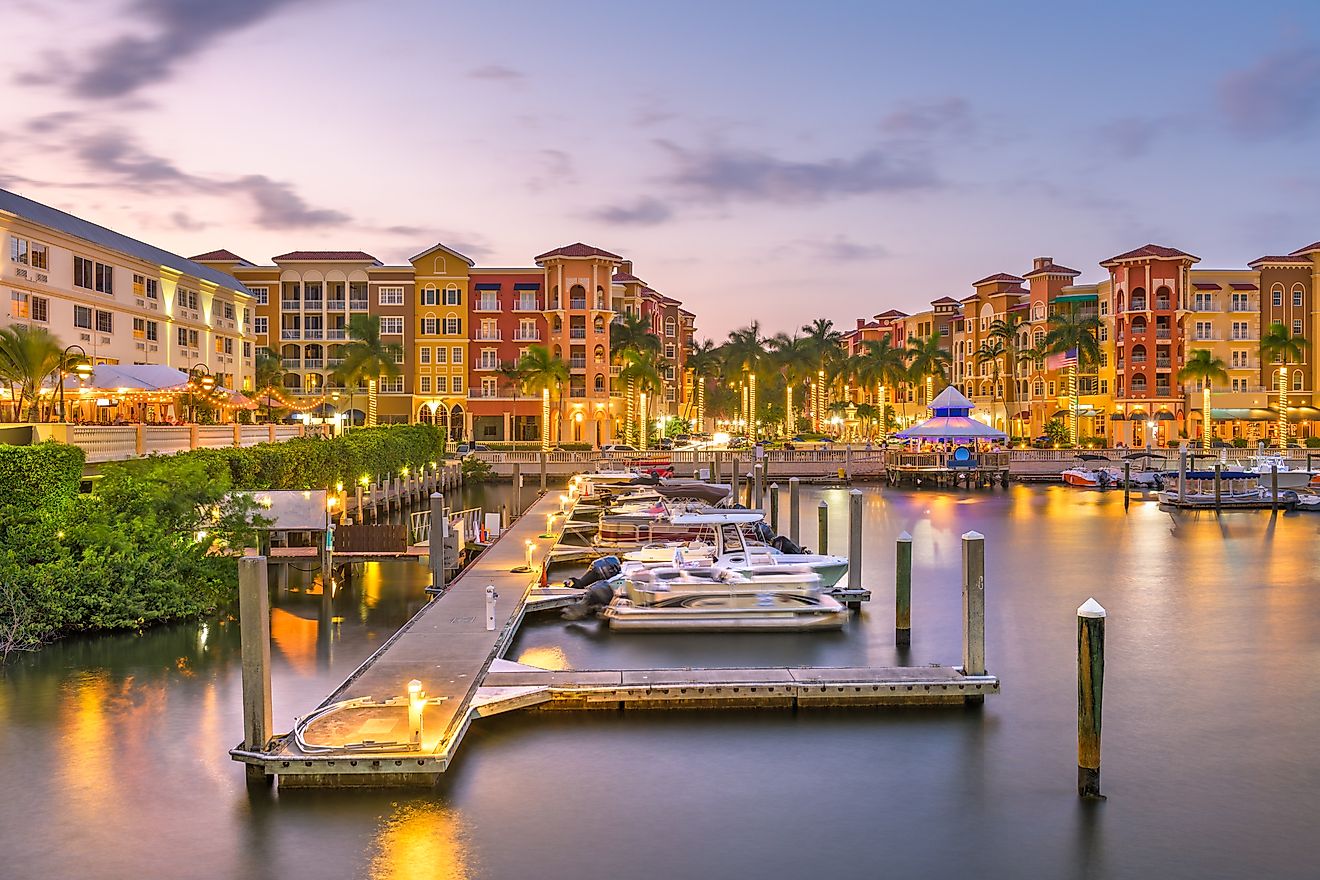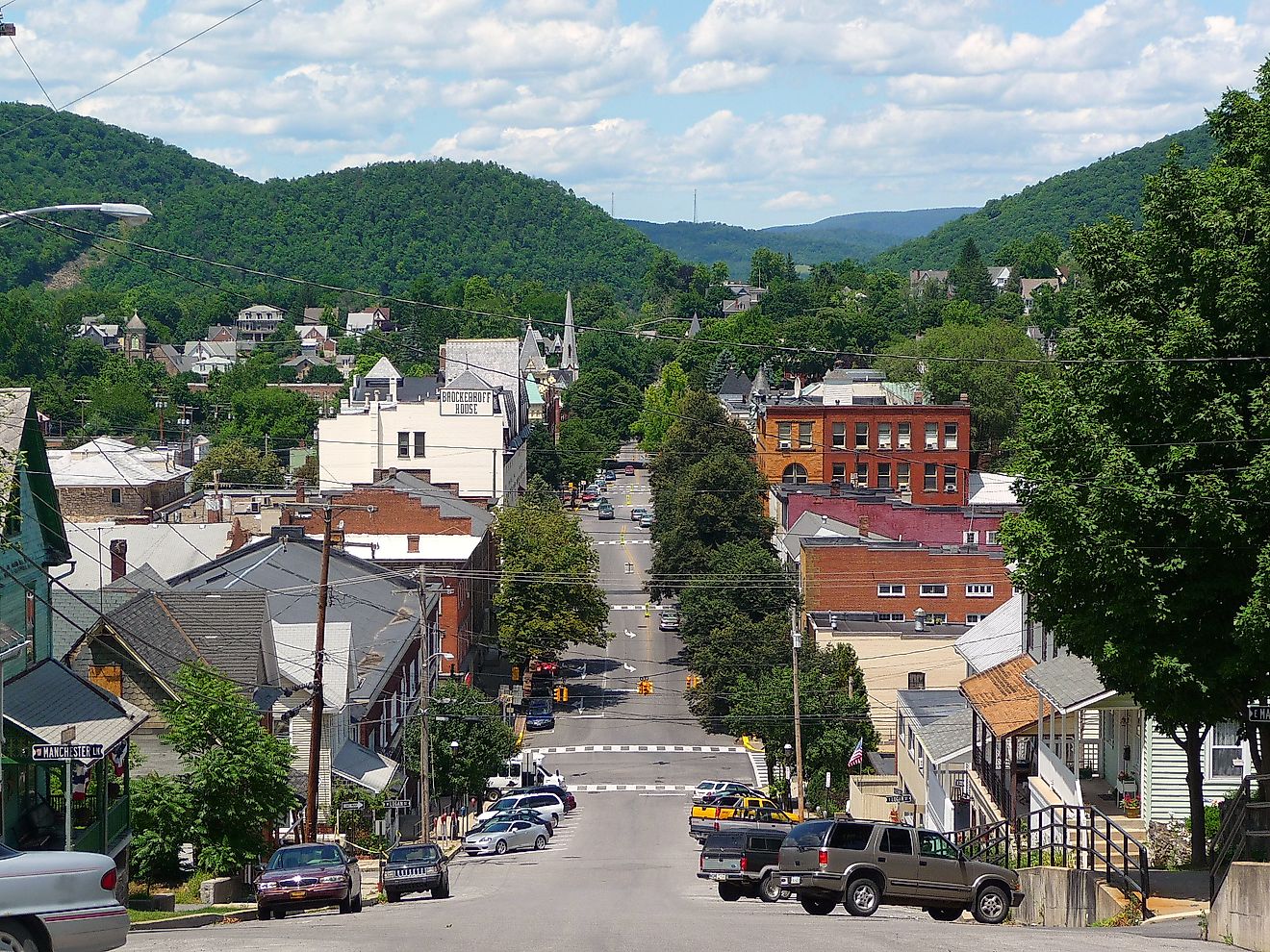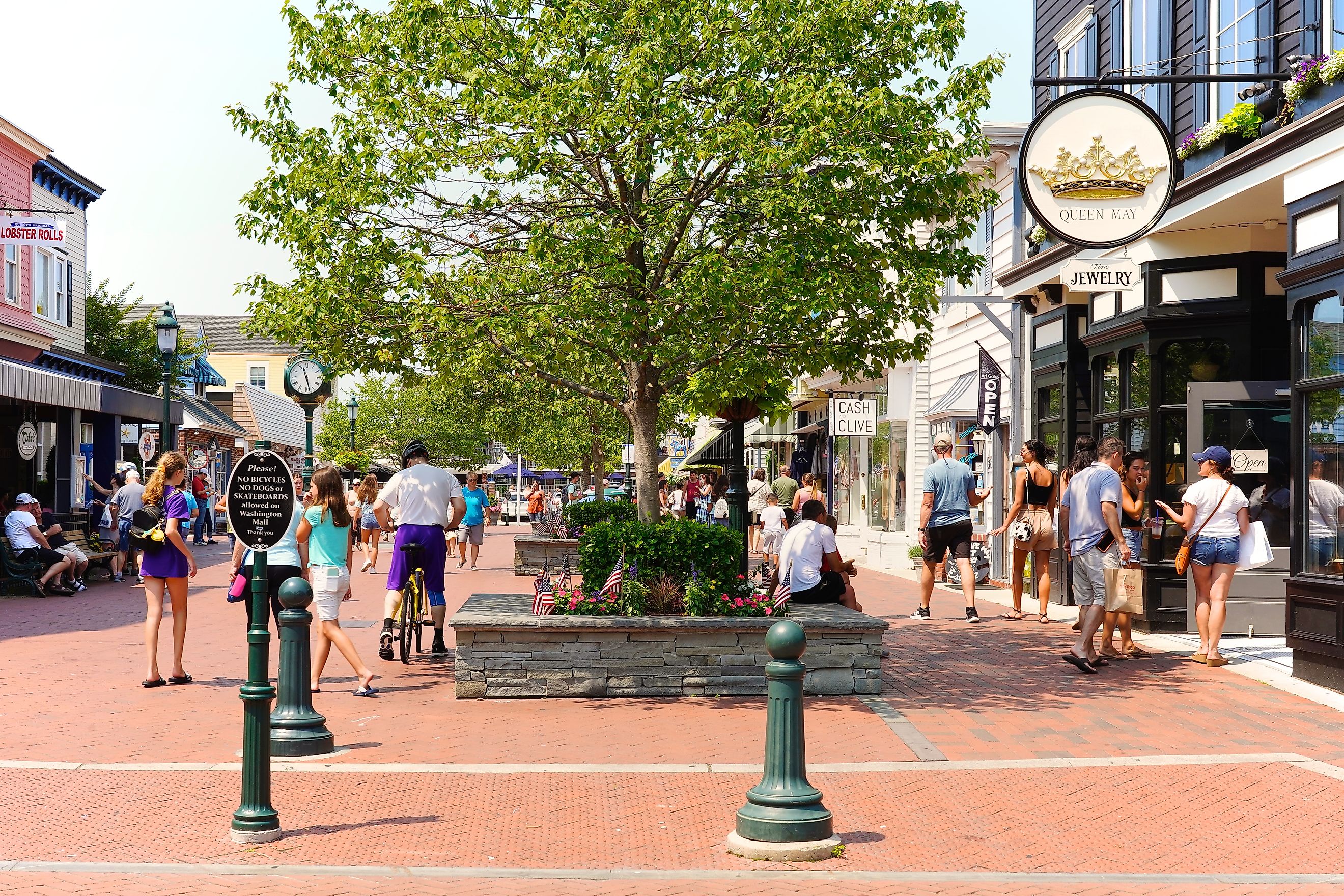
6 Must-See Historic Towns in New Jersey
Visiting historic sites induces a feeling unlike any other — it gives you a sense of connection to the past and what life may have been like in a different time. More importantly, it enables you to explore different backgrounds, cultures, and customs that open your eyes to new approaches. The state of New Jersey is one of the most historically significant states in the nation. The area was first inhabited sometime around 12,000 years ago by indigenous Lenape Native Americans and, subsequently, by European settlers around 1609. Fueled by the desire for a better life, millions of immigrants arrived and contributed to the state’s booming economy, finding work in factories, textile plants, and railroad openings. In this article, we will explore six must-see historic towns in New Jersey.
Cape May
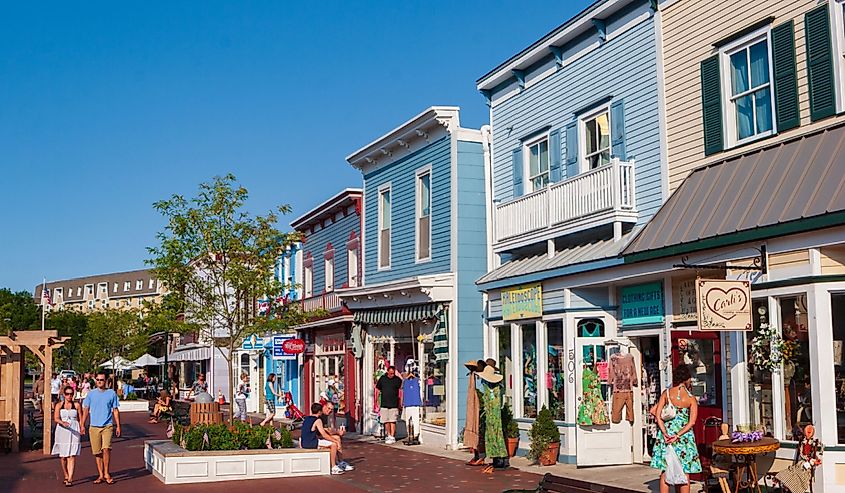
Named after Dutch captain Cornelius Jacobsen Mey, this coastal town offers a stunning beach, tasty dining options, and fascinating historical sites. For example, Cape May Beach provides beachgoers with silky smooth sand and dazzling views of the Atlantic Ocean. To avoid the crowd, visit during dusk or dawn when the sky transforms into a breathtaking gradient of different colors. A short 10-minute drive brings you to Cape May Lighthouse, a 165-year-old landmark listed on the National Register of Historic Places — it allows you to ascend 199 steps to the top, where you can enjoy once-in-a-lifetime views of Delaware Bay. To get a glimpse of what life was like before, stop by the Historic Cold Spring Village — the biggest open-air living museum in the state of New Jersey — here, on 30 acres of open land, you can witness 19th-century architecture and historical interpreters working the same way blacksmiths and weavers did back in the day.
Princeton
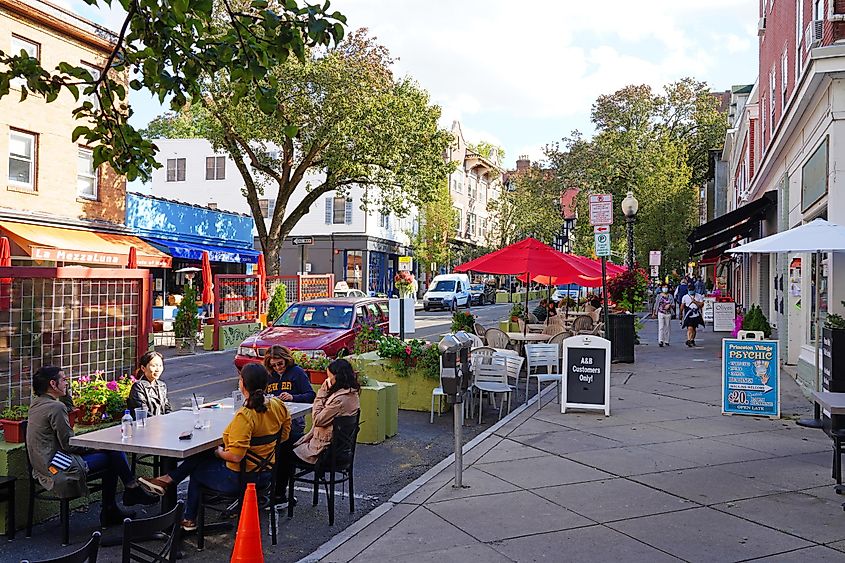
Walking through the streets of this historic town is a privilege. The town of Princeton played a pivotal role in the Revolutionary War, which altered the trajectory of the conflict and human history forever after the Continental forces, under the leadership of George Washington, decisively defeated the British. In addition, Princeton also served as a temporary base for the Continental Army between June 30 and November 4, 1783. The Historical Society of Princeton, a famous local museum, provides walking tours around town and delves into the origins of Princeton's history, as well as various notable landmarks pertinent to the Revolutionary War. Other sites of interest include the Nassau Hall, Palmer Square, and the Princeton University Art Museum, which features over 72,000 historical pieces. Lastly, consider visiting the Princeton University campus, the fourth-oldest higher education institute in the U.S., which opened its doors 278 years ago. The Ivy League school offers tours to prospective students, parents, and visitors curious about the prestigious university.
Morristown
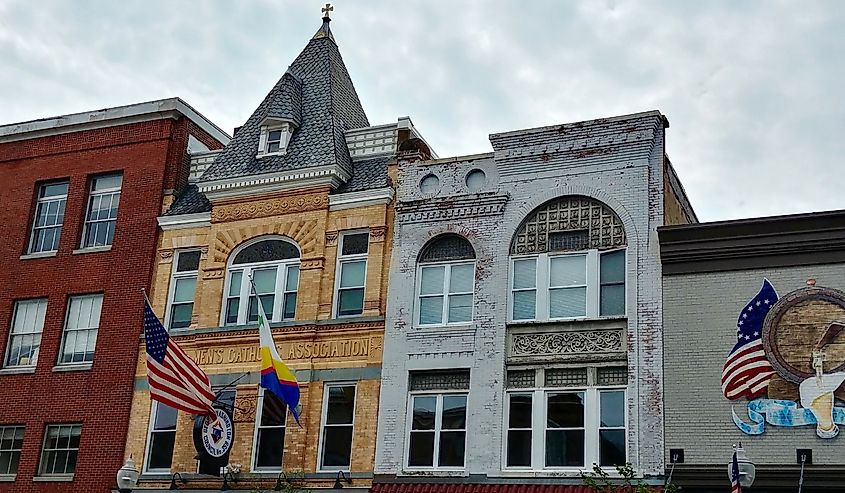
When the Continental Army was in the middle of its bloody campaign, George Washington established Morristown as a vital winter encampment for its strategic location and proximity to natural resources. The Morristown National Historical Park, one of America's first national historic landmarks, stands on 1,705 acres of land and features a museum, Ford Mansion (which served as General Washington's headquarters between 1779-1780), and the Pennsylvania Line Encampment Site, where more than 2,000 soldiers were sheltered. Furthermore, the park boasts over 500,000 artifacts and 27 miles of hiking trails to explore. A short 13-minute journey away lies the Great Swamp National Wildlife Refuge, a stunning sanctuary filled with hiking trails and elevated boardwalks, serving as the perfect getaway to witness the assembly of 200+ species of birds that migrate and pause for a break.
Cranbury
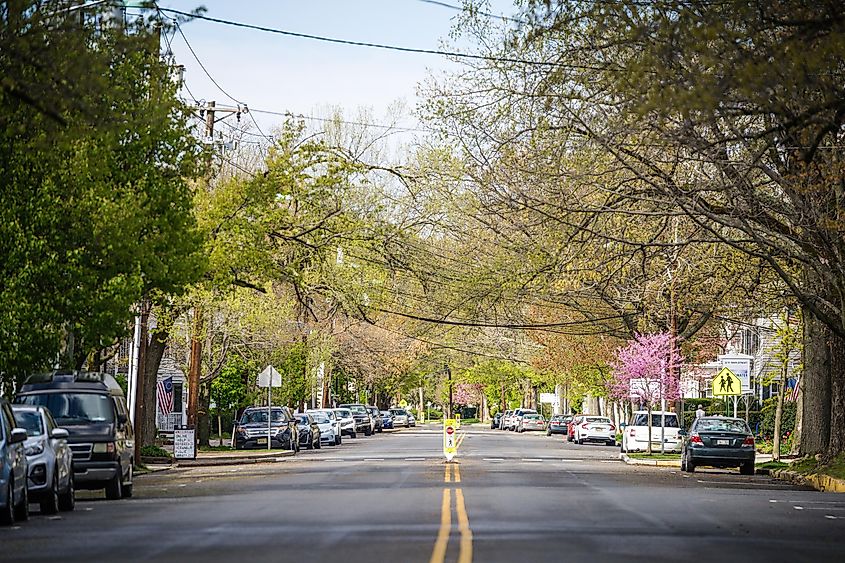
This town's storied past dates back to 1698, making it one of New Jersey's oldest settlements. When parts of Cranbury achieved recognition on the National Register of Historic Places, nominators affirmed Cranbury's immaculate architecture and well-preserved history, stating: "Cranbury is the best preserved 19th-century village in Middlesex County... While there are many small mill towns in New Jersey, few are in such an undisturbed environment as that of Cranbury." If that sparked your interest, the Cranbury Historical and Preservation Society offers two-hour tours, taking visitors on an interactive walk through the historic district. In addition, the Cranbury Historical and Preservation Society enterprise owns four properties, including the Cranbury Museum, which displays permanent exhibits, centuries-old farm tools that once cultivated the land, and indigenous artifacts. Less than 10 minutes away, the Plainsboro Preserve offers a delightful and relaxing environment to wind down while watching McCormack Lake. Despite being only 50 acres, the preserve is home to various species, including otters, turtles, fish, and birds.
Salem
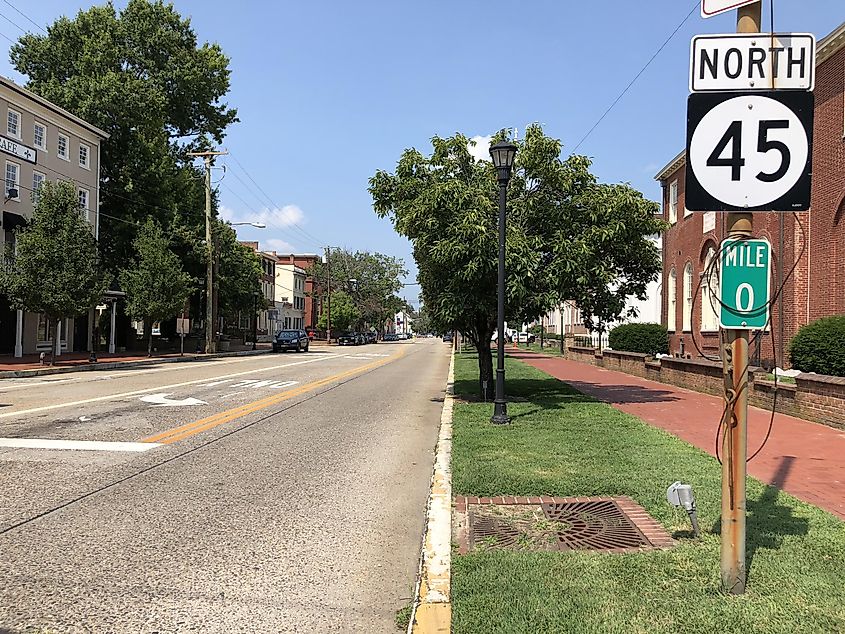
Not to be confused with the Salem of Massachusetts, where the famous witch trials happened, this lesser-known Salem is where the Salem Tomato Trials took place after Robert Gibbon Johnson munched on a basket full of tomatoes at the Salem County Courthouse, debunking the myth that tomatoes were poisonous, a widely held belief at the time. Built 289 years ago, the same courthouse still stands today. Other historic sites and museums in the area include the John Printz Park Log Cabin, the Salem City Fire Museum, and the Salem County Historical Society Museum. Established in 1884, the Salem County Historical Society Museum continues to function, showcasing over 10,000 historical artifacts, vintage furniture, art, sleighs, and Native American materials. Not too far away lies the Supawna Meadows, a nature lover's haven that features hundreds of animal and plant species, including the rarely-seen American Woodcock bird.
Lambertville
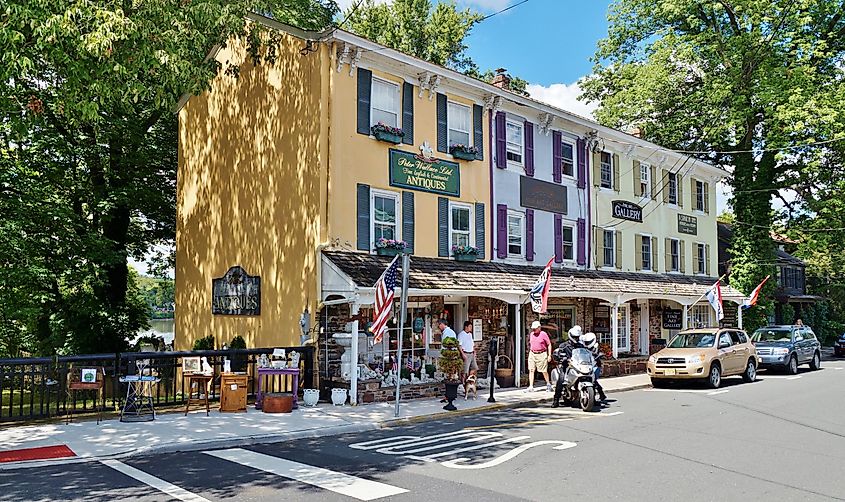
This quaint town rests on the shores of the Delaware River and is known for its impeccably maintained historic buildings. To put it in perspective, several historic sites are included in the National Register of Historic Places. One such site is the Delaware and Raritan Canal, which Irish immigrants excavated almost entirely by hand and simple tools. Another prominent feature in Lambertville is the Goat Hill Overlook. There are no goats, but it is easy to hike and provides spectacular views of the river. More importantly, George Washington and Charles Cornwallis utilized the peak during the Revolutionary War to spy on the opposing battalions below. For all your food cravings, consider visiting The Hawke, a casual steakhouse with a cozy atmosphere in a 19th-century home, with indoor and outdoor dining options available.
In conclusion, these six must-see towns offer a glimpse into one of America's most historically significant states. From the steps of a nearly three-century-old courtyard to Revolutionary War battlegrounds that forever changed history, these towns will leave you feeling inspired, grateful, and enlightened.
